What is ABAP Proxy?
ABAP Proxy is one of the most remarkable forms of communication between SAP application system and SAP PI. The proxy provides both asynchronous and synchronous mode of communication. In order to utilize Proxy, the application system should have WAS > 6.20. Proxies are used to connect the application system to the PI system. The role of the Business system at the application side is LOC Application system and that at the PI side is HUB Integration server.
Everything you must know about working with Proxies in SAP PI/PO and SAP ABAP.
Here is the overview of what is covered in this article.
- Overview of Proxy standards
- Overview of ABAP Proxy Objects, Generation, View
- Step by step instruction on generating Proxy in PI/PO
- Step by step instruction on generating ABAP Proxies in backend and start development
- Testing ABAP Proxies
- Send Data from SAP to an Outbound Proxy
- Difference between Proxy and IDoc
- Designing Interfaces and Proxy Generation Purpose
Overview of Proxy Standards
ABAP Proxy Objects
All ABAP objects that are created when you generate an interface object from the Integration Repository in an SAP system are called ABAP Proxy Objects.
You can divide the different interface objects (the objects from the Integration Repository from which you generate proxies) into two classes: The message interfaces itself and the corresponding parameters and data types. Each generated proxy object can be assigned to its corresponding interface object in the Integration Repository even after generation. The ABAP proxy generation function notes this assignment using metadata, which is transported with the proxy object.
Message interfaces can have the mode synchronous or asynchronous. Furthermore, the category of the message interface determines what type of proxy is generated.
- The counterparts to outbound message interfaces in application systems are client
proxies. They are called to send a message to an inbound interface. An outbound message interface is mapped to an ABAP object class (prefix CO_). -
The counterparts to inbound message interfaces in application systems are server
proxies. They are called to start a service that, in the synchronous case, returns a result. The proxy generation functions generate an ABAP object interface (prefix II_) for an inbound message interface; you must implement this interface using an ABAP object class to make this service available.
This class must be recognized by the ABAP proxy runtime so that it can call the appropriate method when a message arrives. The proxy generation function enters an implementing class as the default setting on the tab page Properties; this class is generated after the proxy has been activated. If you want to use a class that already exists, enter it in this field.
The system generates methods with the following names, depending on the type of communication:
- In the case of synchronous interfaces, the method is called EXECUTE_SYNCHRONOUS.
- In the case of asynchronous interfaces, the method is called EXECUTE_ASYNCHRONOUS.
These names apply, regardless of whether the interfaces are inbound or outbound message interfaces. A proxy class also contains methods for implementing protocols as well as enabling message exchange.
Parameters and Data Types
The following can be established for both outbound and inbound message interfaces:
- The output message type becomes a parameter with the name OUTPUT. The input message type becomes a parameter with the name INPUT. OUTPUT refers to an outbound message, INPUT to an inbound message. Both parameters are structures of the respective message type with a field for the data component of the message.
- The data component of the message is communicated by using the message type name. For example, if the message type is Report and it references the data type InvoiceData, then a structure Report of type InvoiceData is generated.
Proxy generation saves a reusable data type in the ABAP Dictionary for global XSD data types, for example, data elements or structures. It generates fields of a structure for local elements or attributes. The reuse of data types in the Integration Repository is reflected in the data types created in the system.
Integration
You cannot change ABAP proxy objects manually in the SAP system. You can only change an ABAP proxy object by using the ABAP proxy generation function. ABAP proxy objects only map data structures defined in the Integration Repository. Therefore, they are not supported and must not be used on the interface.
Message Interfaces with RFC or IDoc Messages
You can generate ABAP proxies for message interfaces that reference RFC or IDoc messages. The generated proxy objects (for example, classes and generated structures) use the name of the message interface that references the message as the prefix in the technical name. The proxy objects belonging to the RFC or IDoc message belong to the superordinate message interface and are not reused by the proxy generation function. RFC exceptions are grouped in an exception class.
ABAP Proxy Generation
Using ABAP the proxy generation function you can generate ABAP proxy objects to an SAP system from an interface description in the SAP Exchange Infrastructure Integration Repository.
ABAP proxy objects can only be generated for SAP systems that are based on SAP Web Application Server 6.40.
The proxy generation retrieves the WSDL description of the interface from the Integration Repository using HTTP. The address of the appropriate server is taken from the exchange profile (parameters 1, 2, and 3 – see below). Queries to the Repository are subject to authentication. The user and password for these queries are also taken from here (parameters 5 and 6). Information used to navigate from the ABAP Proxy Generation to the initial page of the Integration Builder is also taken from the exchange profile (parameters 1, 2, and 4).
Example configuration for accessing
interfaces in the Integration Repository (exchange profile)
| No. | Section | Parameter | Value (Example) |
| 1 | Connections | com.sap.aii.connect.repository.name | pwdf0436 |
| 2 | Connections | com.sap.aii.connect.repository.httpport | 1080 |
| 3 | Connections | com.sap.aii.connect.repository.contextRoot | Rep |
| 4 | Connections | com.sap.aii.connect.integrationbuilder.startpage.url | rep/start/index.jsp |
| 5 | Application System | com.sap.aii.applicationsystem.serviceuser.name | Hugo |
| 6 | Application System | com.sap.aii.applicationsystem.serviceuser.pwd | Hugopass |
These parameters are not to be set by developers but by the administrator responsible for the technical configuration of the PI/PO system landscape. You must also have created message interfaces in the interface maintenance of the Integration Repository before you can generate for these proxies. You can send and receive messages using the generated ABAP proxies.
Features of ABAP Proxy
You can edit ABAP proxy objects either in the Object Navigator (transaction SE80) or in transaction SPROXY:
- The Object Navigator displays proxy objects created in the system in the navigation tree under Enterprise Services ® Web Service Library (client proxies, server proxies, and proxy Dictionary-objects). When you create new proxy objects, the hierarchy of software component versions from the Integration Repository is displayed in a dialog box.
- You can display the interface objects from the Integration Repository by using the navigation tree in transaction SPROXY. If no connection to the Integration Repository exists, the tree presents an overview of those interface objects for which a proxy object already exists in the system.
Views in Transaction SPROXY
In transaction SPROXY, you access both Integration Repository objects and generated objects by using the navigation tree. If namespaces are deleted there, then they are no longer visible in the navigation tree in transaction SPROXY, however, it is possible that proxy objects already exist in the system for these namespaces. For this reason, the navigation tree in transaction SPROXY has two views.
Steps Needed to Configure SAP PI/PO for Generating Proxies

Message Type:
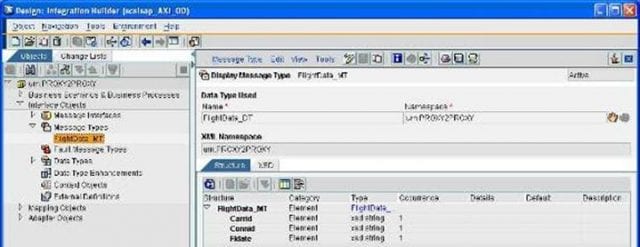
Message Interface (Outbound)—Client proxies are created for Outbound Interfaces

Message Interface (Inbound)—Server proxies are created for Inbound Interfaces

Message Mapping:

Interface Mapping:
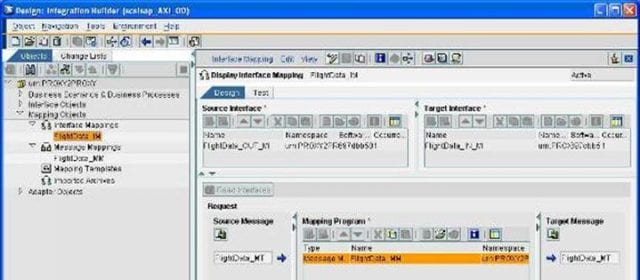
Configuration time:
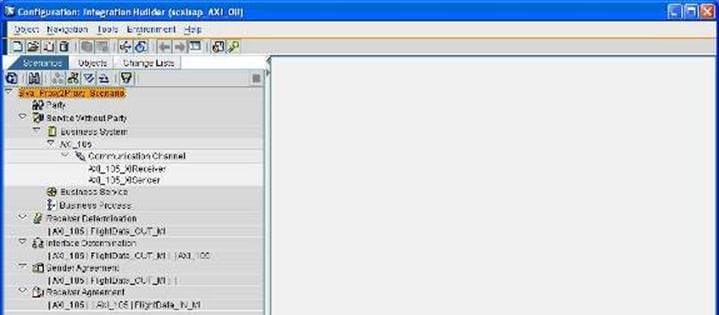
Sender Agreement
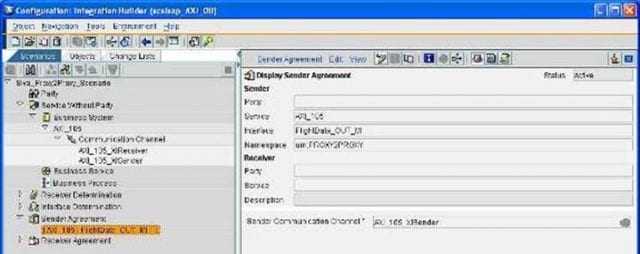
Sender Communication Channel (XI Adapter)
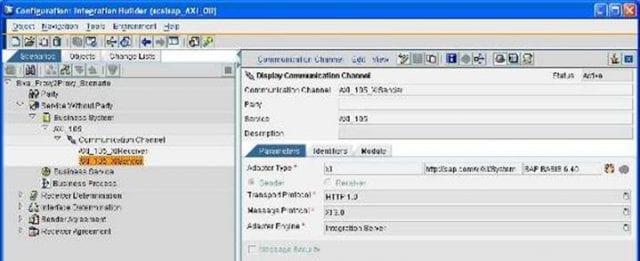
Receiver Determination

Interface Determination:
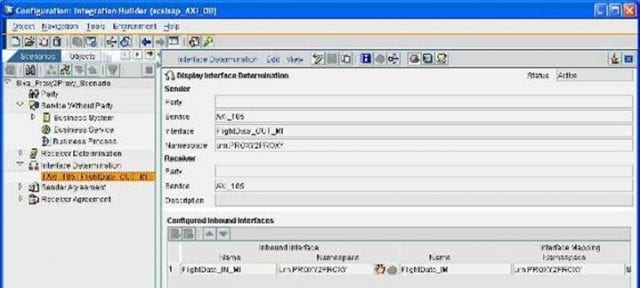
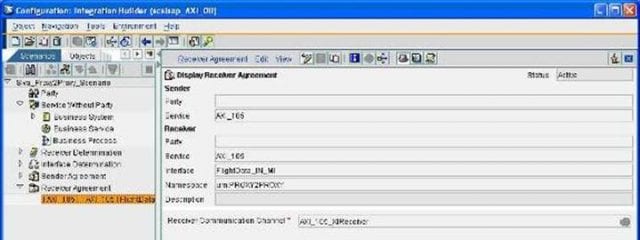
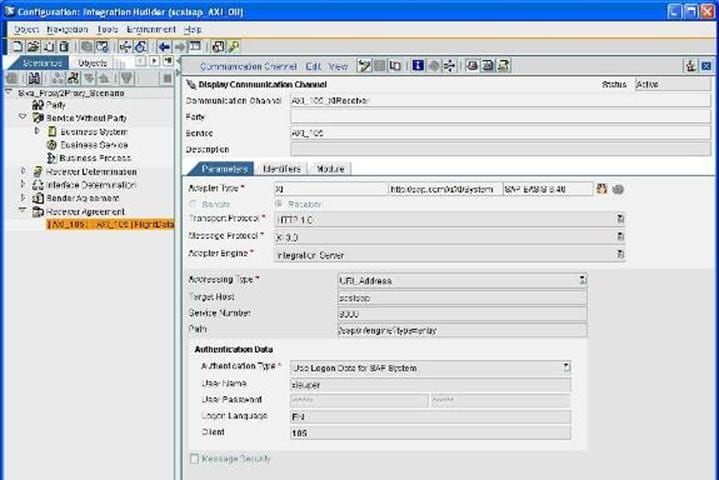
Steps need to Create Inbound and Output Proxy in SAP ABAP using SPROXY
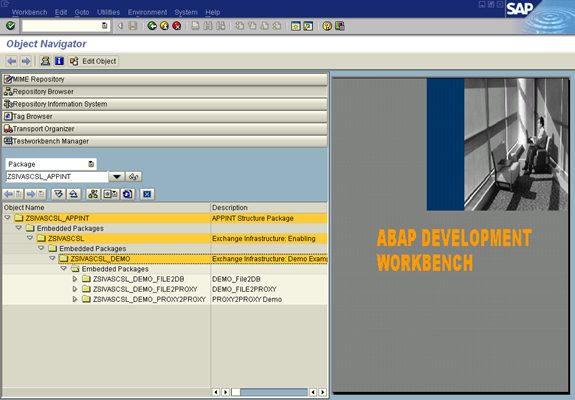
Creating of Client Proxies
Go to the SAP system, sproxy transaction and select the Outbound interface for which the Client proxy needs to be generated. ( FlightData_OUT_MI in urn:PROXY2PROXY in SIVA_SCSLCOMP this case)
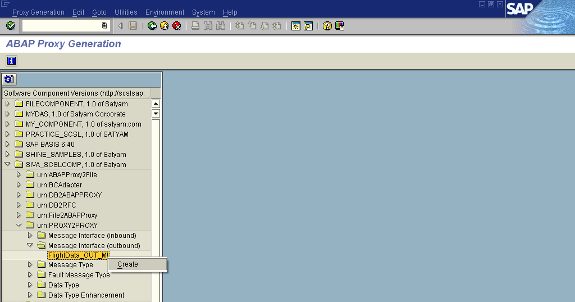
Select the package in which the Objects need to be created. Prefix Z, else the Objects generated will be SAP Objects that require access key
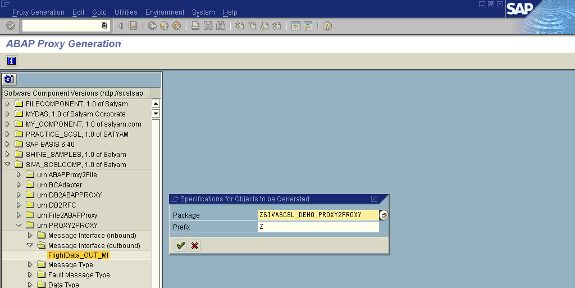
The following Objects are generated for an ABAP Client Proxy
- Interface
- Message Type
- Data Type
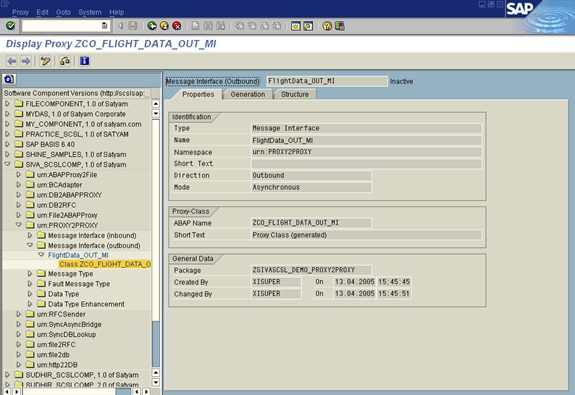
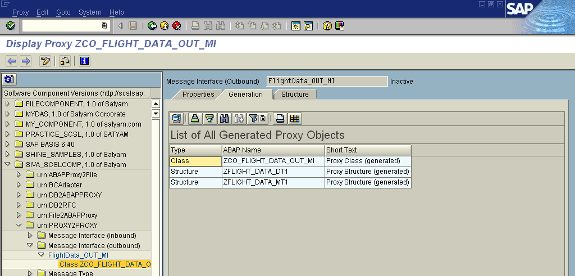
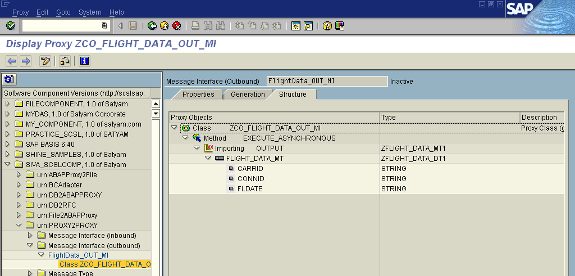
Click on ABAP Class to see its methods and parameters
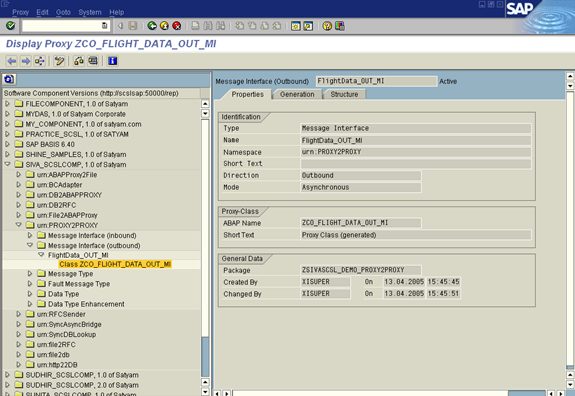
Click on Parameters to look at the Output and the Associated Message
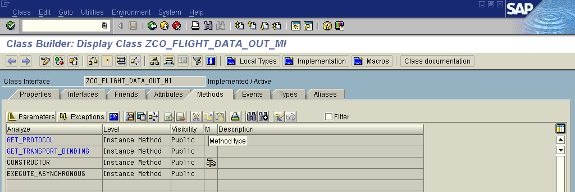
Click on Associated Type to see the Message Type

Click on MessageType to see the Data Elements
Testing ABAP Proxies
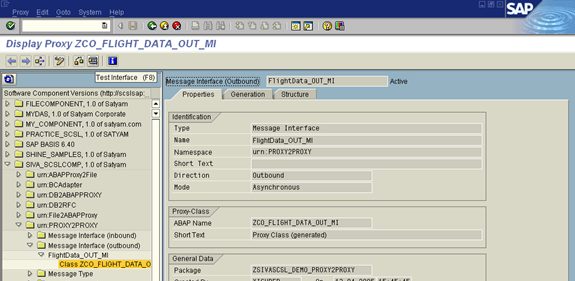
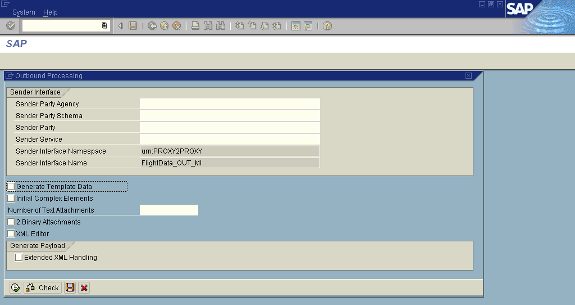

How to Send Data from SAP to an Outbound Proxy
We need to create a Program (in se38) which sends the data out to the class that has been generated. The class that is generated will send data to the Integration server
The following link refers to “Sending a message using ABAP Proxy Runtime”
To send a message using the ABAP proxy runtime, call the corresponding client proxy in your application program.
1. Declare the following variables:
DATA:
* Reference variables for proxy and exception class
lo_clientProxy TYPE REF TO [Generated proxy class],
lo_sys_exception TYPE REF TO cx_ai_system_fault,
* Structures to set and get message content
ls_request TYPE [Output message type],
ls_response TYPE [Input message type].
2. Complete the structure ls_request for the request message.
3. Instantiate your client proxy.
TRY.
* create a proxy client
CREATE OBJECT lo_clientProxy( 'LOGICAL_PORT_NAME' ).
LOGICAL_PORT_NAME is the name of the logical port that you want to use, which is used to define the receiver. You can omit this parameter if you are using a default port or the XI runtime.
4. To send a message, call the corresponding client proxy method. WSDL allows several such methods (specified by the element <operation>). In XI, there is only one method, with the default name EXECUTE_SYNCHRONOUS or EXECUTE_ASYNCHRONOUS. Catch at least the exception cx_ai_system_fault:
* do synchronous client proxy call
CALL METHOD lo_clientProxy->execute_synchronous
EXPORTING output = ls_request
IMPORTING input = ls_response.
CATCH cx_ai_system_fault INTO lo_sys_exception.
* Error handling
ENDTRY.
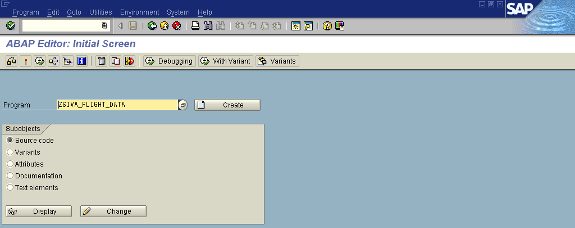
REPORT ZPROXY_FLIGHT_DATA.
DATA prxy TYPE REF TO ZCO_FLIGHT_DATA_OUT_MI.
DATA fault TYPE REF TO cx_ai_system_fault.
DATA It_request TYPE ZFLIGHT_DATA_MT1.
It_request-FLIGHT_DATA_MT-CARRID = 'AA'.
It_request-FLIGHT_DATA_MT-CONNID = '0017'.
It_request-FLIGHT_DATA_MT-FLDATE = '20040404'.
TRY.
CREATE OBJECT prxy.
CALL METHOD prxy->execute_asynchronous
EXPORTING output = it_request.
commit work.
CATCH cx_ai_system_fault into fault.
WRITE :/ fault->errortext.
ENDTRY.
Designing Interfaces and Proxy Generation Purpose
Generally speaking, interfaces are where functions in a system can be executed. In the context of SAP Exchange Infrastructure, only the following interfaces are relevant:
- Interfaces designed for message exchange between application systems
- Interfaces used by a cross-component integration process to receive or send messages, or both
Starting with a cross-system integration process, you can then derive the corresponding interfaces required. SAP Exchange Infrastructure supports this process by using an integration
scenario to describe the collaborative process. The integration scenario summarizes the interfaces required for this collaborative process.
You can use SAP interfaces that already exist in systems, non-SAP interfaces that are connected to SAP Exchange Infrastructure using adapters, or define new interfaces called message interfaces in the Integration Repository. Both worlds can also be interconnected in a collaborative process.
What is the difference between ABAP Proxy and IDoc
An ABAP Proxy is a direct way to interact with PI and external third party systems and is designed to work very similar to an API. this makes it easy to enable web services within SAP whereas IDoc is just a messaging document. Viewing the message content for proxy happens in PI or using transaction SMX_MONI whereas for IDoc you will have to use WE02, BD87 for message content.



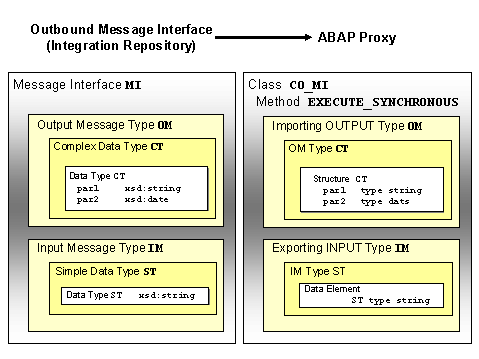
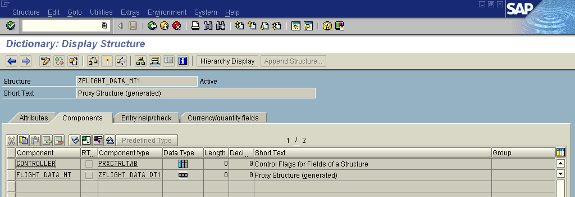
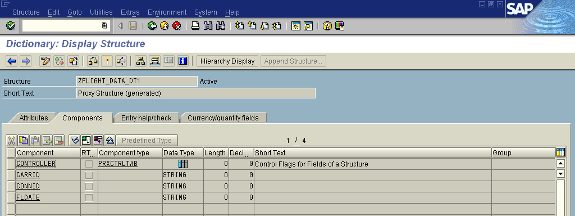

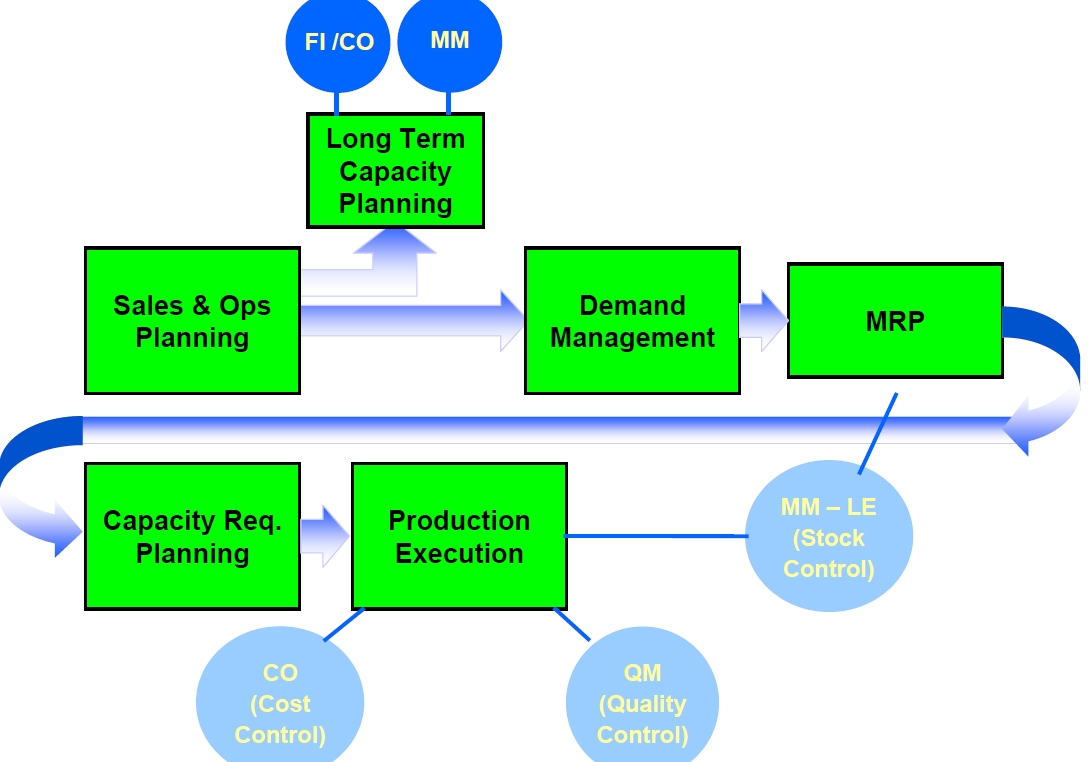

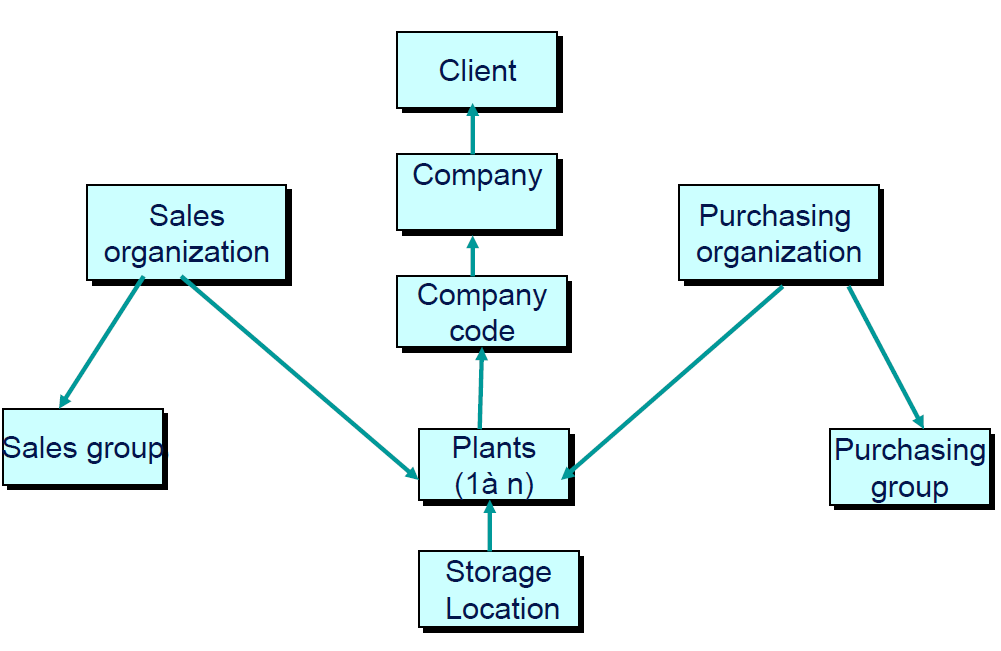
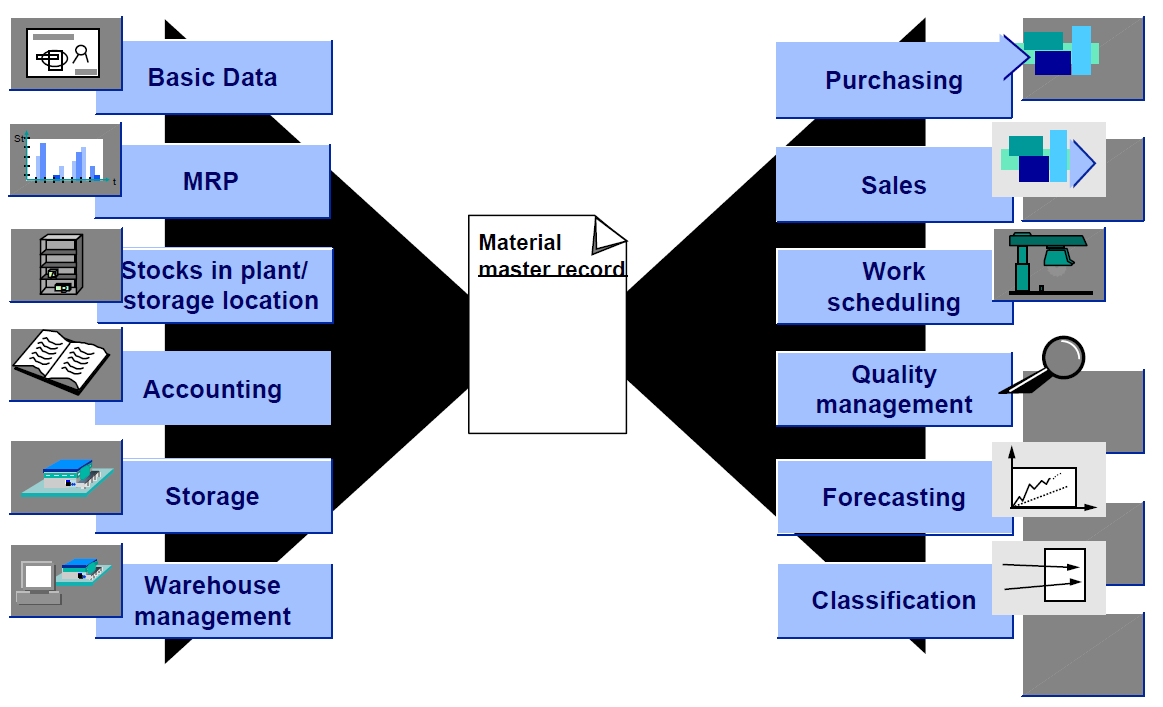
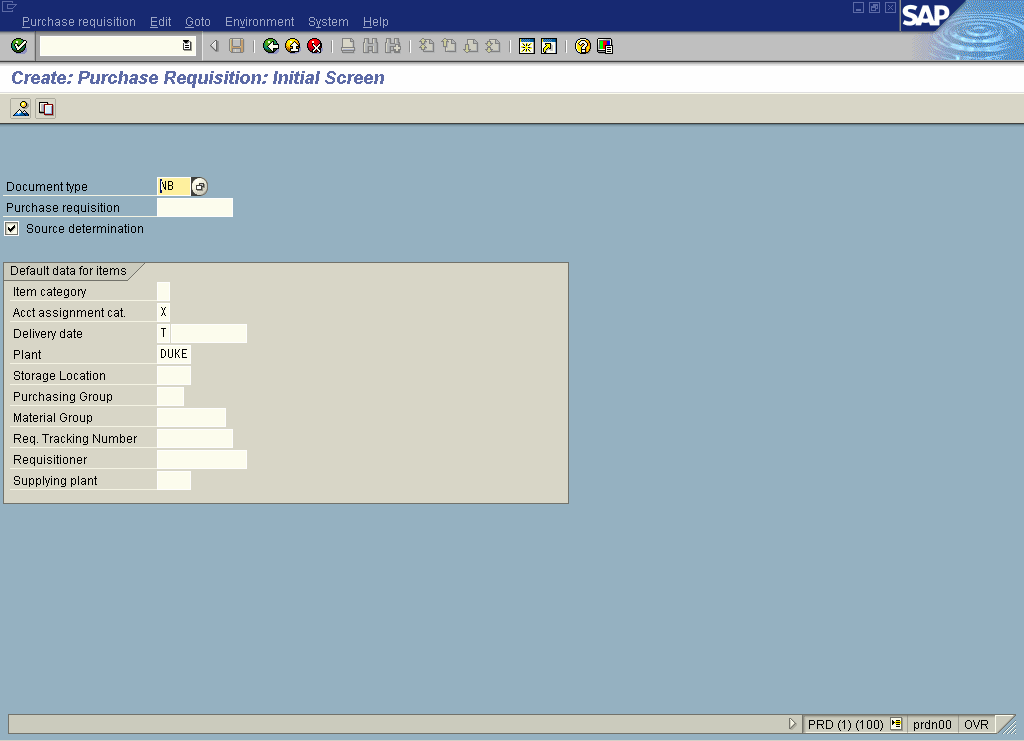
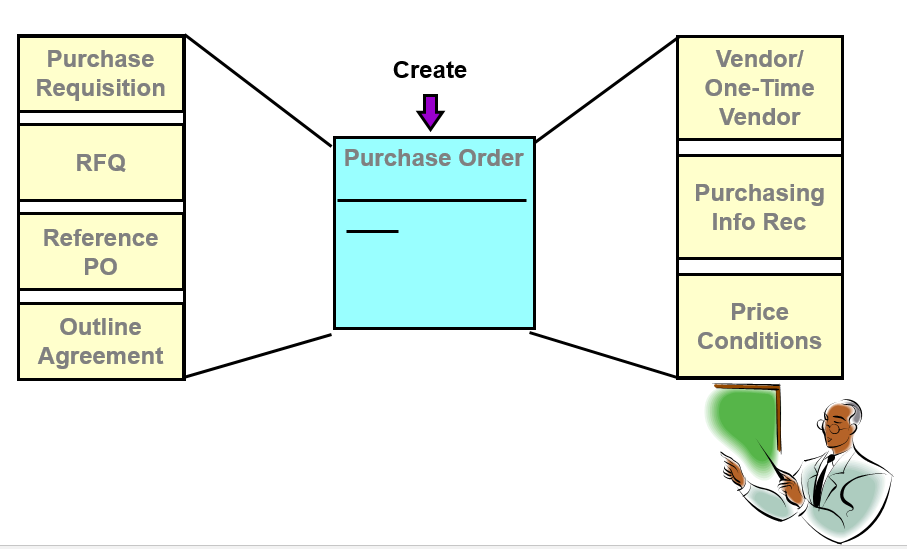
Leave a Reply